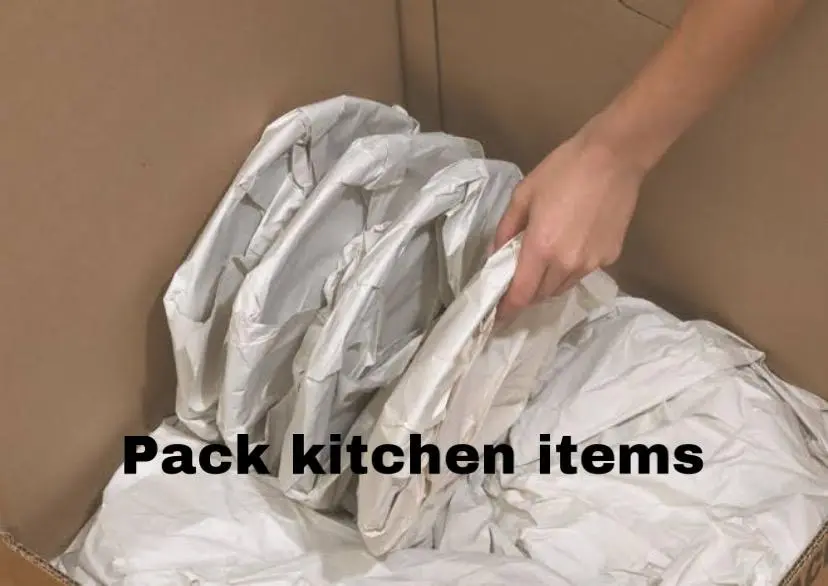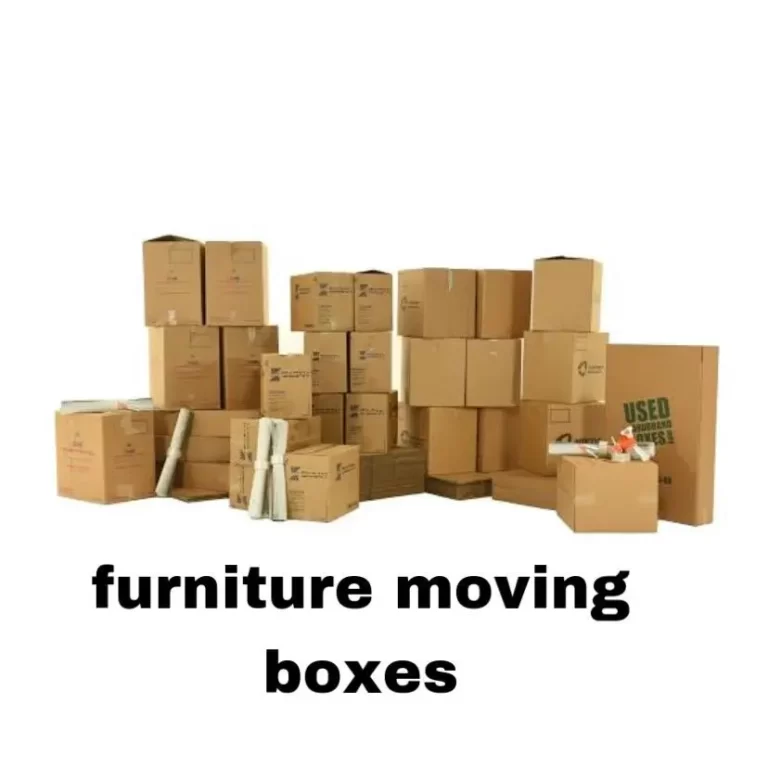How to Pack Kitchen Items
People need to move the kitchen from one place to another, either because of the renovation of the house or because the place of study is far from home, so you must know how to pack kitchen and kitchen items from one place to another in the correct way to avoid exposing the kitchen to danger while moving it, and in this article, I will We learn about innovative and simple ways to move kitchen items from one place to another without causing losses there.
How to move the kitchen?
The kitchen occupies an important place everywhere and it takes a lot of time and effort to move it without getting damaged.
The kitchen is the most damaged part during transportation, as it contains many electrical appliances such as the refrigerator, oven, and freezer, in addition to cabinets, cups, and utensils, so there are several tips that help you prepare the kitchen when moving, such as:
- Prepare the tools that we will use to pack the kitchen utensils such as wrapping paper, adhesive tape, strong boxes to contain the china, and strong carton boxes specially designed for the transport of glass.
- Prepare a sufficient amount of cork, as all glassware must be covered with this material to protect it from cracking during transportation.
- Give yourself enough time to pack the kitchen carefully because it takes more time.
- It is preferable to line the bottom of all boxes and cartons that will be used to fill the cookware with foam or sponge because it is a protective layer to absorb shocks.
Also read: Furniture moving boxes
Are there steps to move kitchen items?
The correct way to pack and transport kitchen contents is to follow the following steps carefully:
Step 1: Wrap breakable ware such as china and glassware in its own wrapping paper, covering it all over, especially the edges, to avoid breakage or scratching.
We fill the box with the wrapped kitchen utensils, then put a lot of foam and cork inside the box until it is completely filled to prevent the kitchen utensils from slipping during transportation.
Step 2: Fill the cups. Each cup is wrapped with paper to prevent the cups from rubbing against each other, and the cups must be placed in an upright position as placing them on their side will cause them to break.
Step 3: Pack small pieces of kitchen utensils such as spoons and knives in a box of their own, divided and arranged so that it is easy to obtain after reaching the other place. In the absence of such a box, spoons and knives can be wrapped tightly with each other in newspaper and then put in a bag plastic and then put in a box. This step is done so that the knives do not cut the wall of the box.
Step 4: Dismantle the electrical appliances in the kitchen, such as the cooker, refrigerator, and extractor fan.
Step 5: Dismantling the kitchen cabinets, and the specialist can intervene in this step so as not to expose them to damage.
Step 6: Wrap the kitchen cabinets tightly with newspaper and large plastic wrap to prevent them from getting scratched all the way around.
Step 7: Use the inner lining of the cars when transporting to prevent scratching or breaking any of the contents of the kitchen, and it must be ensured that the driver is skilled in driving.
What is the use of packing kitchen items?

It is essential to wrap all kitchen items to protect them from damage, and pots and pans should be wrapped well to prevent scratching.
The pots are wrapped in newspaper and then placed in the bottom of the box to make them more stable.
Make sure to wrap each container individually in paper so that it does not rub against the next container during transportation.
When moving to the food packaging section of the kitchen, it is best to get rid of all perishable foods such as frozen foods. As for canned food, they are placed in transparent plastic boxes for easy access.
Top tips for moving electrical appliances in the kitchen
- Electrical appliances are a major part present in every kitchen and need to be maintained at a high rate so that they do not get damaged during transportation.
- The refrigerator: It must be cleaned from the inside and outside, making sure that it is free of food, and be careful to dry it well so that it is not exposed to mold.
- Cooker: It is better to use cleaning products designed to remove the grease to get rid of any grease stuck on it and clean it well before moving it to another place.
- Pay attention to ventilating and drying the refrigerator, stoves, ovens, and washing machines, whether clothes washing machines or dishwashers, so as not to be exposed to unpleasant odors.
- Use household blankets to cover the surface of electrical appliances to protect them from scratches.

How to organize the kitchen after moving
- It is preferable to write the name of everything on the outside of the box after filling it, to make it easier to store it after moving to another place.
- It is also best to limit the number of kitchen contents for completeness when on the go.
- First, we start by putting the electrical appliances back in place. And it must be left for six hours after it reaches the other place because it is a condition for preserving the life of the electrical device.
- Start by putting the glassware back in place so it won’t break while working in the kitchen, then put the rest of the kitchen back in its place.
- And also: First of all, the kitchen must be cleaned well, because good kitchen hygiene means good health for family members, and it is better to eliminate and control any annoying insects before moving the kitchen from the old place.
- We should leave breakable boxes in a separate room from people, especially children.
- The kitchen structure and electrical appliances must also be installed by professionals, following the instructions for appliance safety and not direct operation.
- We unpack the contents of the kitchen and foodstuffs and organize them in a distinctive way.
- We have to remove the packaging and throw it away so it doesn’t make a mess.
- Dishes and other items must be re-dried or cleaned and washed before use to ensure 100% contamination prevention and hygiene.
- It is better, after completing the arrangement and organization process, to try to sterilize and disinfect the place, especially the kitchen surfaces
- We can add decorations to the kitchen, such as a wall clock, a group of vases and roses, or beautiful plants.
- Arranging and organizing operations are always successful with us because moving the kitchen without losses requires a commitment to arrangement and organization.
Also read: Furniture Packaging Using Plastic
Kitchen Packaging Tools
One of the most complex parts of the home to pack and move is the kitchen. Therefore, we recommend using boxes in the process of packaging dishes and cups, so that all kitchen contents are wrapped in cartons, each piece separately, and then placed in separate boxes to protect them from the consequences of moving, and I also use the best kitchen packaging tools, which are as follows:
- A set of carton boxes and bags of different sizes.
- Rolls of cardboard and a few pieces of cloth to wrap the glass and prevent it from breaking.
- Disassembly and assembly of materials of various sizes and electric drills.
- Reinforced plastic bags for packing small kitchen items and antiques.
- Cork barriers are placed between glass or kitchen pieces to prevent friction or scratching.
- Ropes of different lengths and adhesive tapes to securely close the boxes.
- Small sheets of paper and large pens to write the contents of each box on, saving time and effort when moving to the new home.
Things to do when moving into a new home
Boxes should be tightly closed, especially those containing glassware
Keeping personal and valuable property away from the furniture in the house in general so as not to lose it, and it is possible for the housewife to carry these things herself.
Ask for experienced help during the furniture moving process, especially when dismantling and assembling kitchen furniture.
One of the most important factors in maintaining the safety of furniture when moving is the correct arrangement of furniture inside the transport vehicles.
Take notes on packages and boxes after packing to determine what kind of contents they contain, and take care of some sensitive and valuable parts and protect them from damage.






